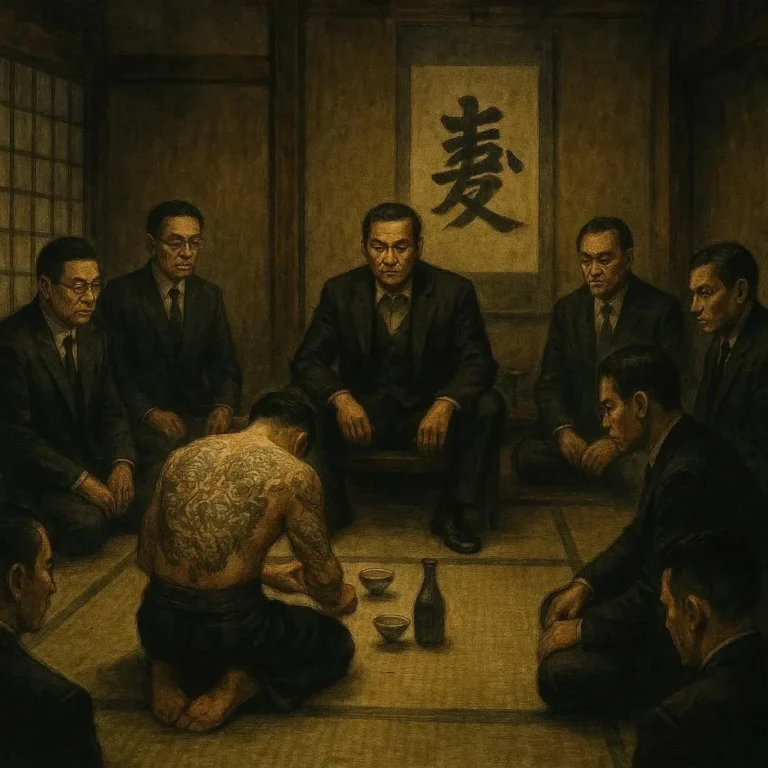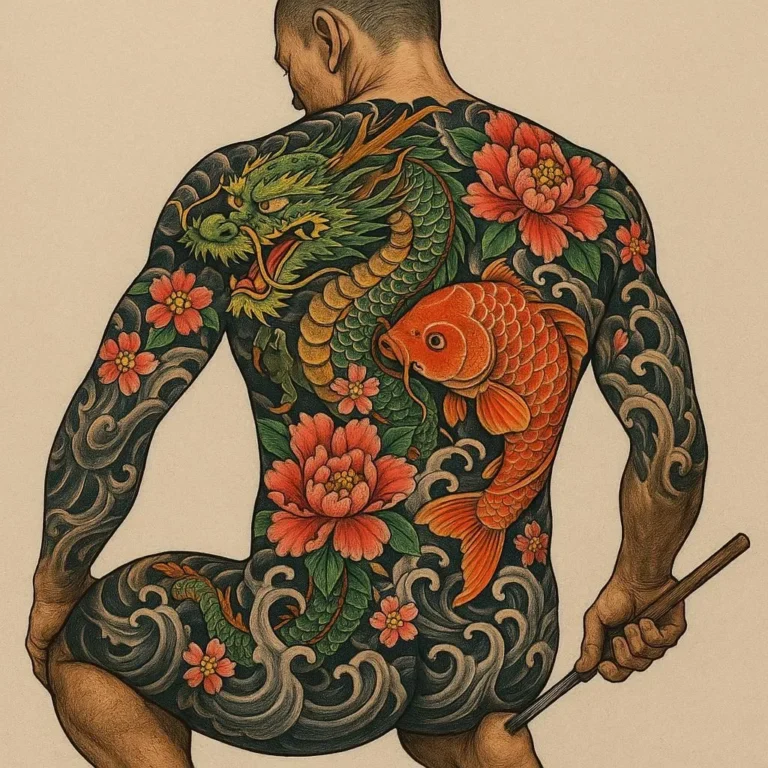504 views Kimono: The Cultural Significance of Traditional Attire
The kimono, a garment steeped in centuries of history and tradition, is more than just a piece of clothing in Japanese culture. It is a symbol of art, history, and identity. This traditional attire has played a pivotal role in shaping Japan’s cultural heritage, reflecting the nation’s values, social norms, and aesthetic sensibilities. From its origins in ancient China to its modern-day resurgence, the kimono has evolved while maintaining its cultural significance. In this blog post, we will delve into the history, symbolism, and enduring relevance of the kimono, exploring why it remains a beloved and integral part of Japanese tradition.
A Brief History of the Kimono
The kimono’s history dates back to the Heian period (794–1185 CE), when Japanese culture was heavily influenced by Chinese customs and fashion. The word “kimono” itself translates to “thing to wear” in Japanese, reflecting its origins as a general term for clothing. Over time, however, the kimono evolved into a unique garment that distinguishes Japanese fashion from other traditions.
The kimono is believed to have been inspired by the Chinese garment known as the hanfu, which was introduced to Japan through trade and cultural exchanges. Japanese artisans adapted the design to suit local tastes, creating a garment that was both functional and aesthetically pleasing. By the Edo period (1603–1867), the kimono had become the standard attire for all social classes in Japan, with designs varying according to the wearer’s status, occupation, and occasion.
Cultural Significance of the Kimono
The kimono is more than just a piece of fabric; it is a cultural treasure that embodies Japan’s rich history, artistic traditions, and social values. The intricate designs, colors, and patterns on a kimono are not merely decorative; they carry deep symbolic meanings, often reflecting the wearer’s identity, marital status, and the season in which the garment is worn.
1. Symbolism and Design Elements
Kimono designs are carefully crafted to convey specific messages. For example, kimonos worn by unmarried women often feature vibrant colors and elaborate patterns, symbolizing their youth and eligibility for marriage. In contrast, kimonos for married women are typically more subdued in color, reflecting their maturity and marital status.
Seasonal motifs are another key element of kimono design. Cherry blossoms, for instance, are commonly depicted on spring kimonos, while autumn leaves adorn those worn during the fall. These motifs not only celebrate the beauty of nature but also highlight the Japanese appreciation for the fleeting nature of life and the passage of time.
2. Kimono as a Reflection of Social Status
In the past, the kimono served as a visible indicator of a person’s social standing. Wealthier individuals could afford kimonos made from luxurious fabrics such as silk, adorned with intricate embroidery and intricate patterns. In contrast, lower classes wore simpler, more practical kimonos made from cotton or hemp.
Even today, the kimono continues to play a role in social contexts. For example, at traditional tea ceremonies, the host and guests often wear formal kimonos as a sign of respect for the occasion and for one another. The choice of kimono can also reflect the wearer’s knowledge of etiquette and their appreciation for tradition.
3. Kimono in Ceremonial and Ritual Contexts
The kimono is an essential part of many traditional Japanese ceremonies and rituals. For example, during the Shichi-Go-San (Seven-Five-Three) festival, young children dress in kimonos to celebrate their growth and pray for good health and fortune. Similarly, kimonos are worn during wedding ceremonies, with the bride often changing into multiple kimonos throughout the day to symbolize her transition into married life.
Moreover, the kimono is deeply tied to the Japanese concept of “wa” (harmony), which emphasizes balance and unity. The careful selection of colors, patterns, and fabrics ensures that the kimono complements the occasion, creating a sense of harmony between the wearer and their surroundings.
The Evolution of the Kimono in Modern Times
While the kimono remains a symbol of traditional Japanese culture, it has also evolved to fit the needs and preferences of modern society. Today, the kimono is not only worn for ceremonial occasions but also as a fashion statement, with designers creating contemporary interpretations of the classic garment.
1. The Kimono in Contemporary Fashion
In recent years, the kimono has gained popularity worldwide as a fashion item. Designers such as John Galliano and Alexander McQueen have incorporated elements of the kimono into their collections, drawing inspiration from its elegant silhouettes and intricate designs. Additionally, the rise of fast fashion has made kimonos more accessible to a wider audience, with many retailers offering affordable, modern versions of the traditional garment.
However, this global interest in the kimono has also sparked debates about cultural appropriation. Some critics argue that the commercialization of the kimono risks overshadowing its cultural significance, reducing it to a mere fashion trend. In response, many advocates emphasize the importance of understanding and respecting the kimono’s history and cultural context, encouraging a more mindful approach to its adoption by other cultures.
2. The Role of the Kimono in Preserving Japanese Culture
Despite the challenges posed by modernization and globalization, the kimono remains a vital part of Japanese cultural identity. Efforts to preserve the art of kimono-making have gained momentum in recent years, with initiatives aimed at training the next generation of kimono artisans and promoting the garment’s cultural value.
These efforts are not limited to Japan. Around the world, kimono enthusiasts are forming communities and organizing events to celebrate the garment’s beauty and significance. From kimono fashion shows to cultural workshops, these activities help to keep the tradition alive while introducing it to new audiences.
Conclusion
The kimono is more than just a piece of clothing; it is a living artifact of Japanese culture, embodying the nation’s history, values, and artistic traditions. Its intricate designs, symbolic motifs, and ceremonial significance reflect the deep respect that the Japanese people have for their heritage. As the world becomes increasingly interconnected, the kimono serves as a reminder of the importance of preserving cultural traditions while embracing innovation and change.
Whether worn for a formal occasion or admired as a work of art, the kimono continues to captivate people around the globe with its timeless beauty and rich cultural significance. As we look to the future, it is clear that the kimono will remain a cherished symbol of Japan’s enduring legacy, inspiring future generations to appreciate and celebrate its unique charm.






